This blog was written by Karen Mundy, Professor of Comparative and International Education, University of Toronto and Susannah Hares, Co-Director of Education Policy and Senior Policy Fellow at the Center for Global Development. It was originally published on the Center for Global Development website on 16 April 2020.
With an estimated 91.3 percent or 1.57 billion students out of school worldwide, ministers of education are executing their plans for school during disruptions related to COVID-19. Under the banner of learning continuity, many countries have slowly begun to use existing platforms, tools, and technologies for some form of interim learning by distance.
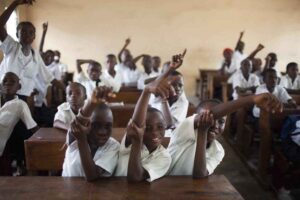 But even in the best-resourced and highest-performing education systems, most COVID responses in education will end up by privileging better-off children. Students from households with greater levels of connectivity, higher levels of parental education, greater availability of parental time for engagement, and in-home availability of books and materials have much better ability to access and benefit from distance learning. These advantages are further reinforced by the fact that digital learning platforms are typically more developed for secondary and higher education than at the primary level. International organizations have also emphasized COVID education responses that rely on technology. In developing countries, where far fewer children have access to secondary education, and where learning opportunities are heavily defined by quality education in the early years, COVID presents an especially stark equity challenge.
But even in the best-resourced and highest-performing education systems, most COVID responses in education will end up by privileging better-off children. Students from households with greater levels of connectivity, higher levels of parental education, greater availability of parental time for engagement, and in-home availability of books and materials have much better ability to access and benefit from distance learning. These advantages are further reinforced by the fact that digital learning platforms are typically more developed for secondary and higher education than at the primary level. International organizations have also emphasized COVID education responses that rely on technology. In developing countries, where far fewer children have access to secondary education, and where learning opportunities are heavily defined by quality education in the early years, COVID presents an especially stark equity challenge.
In this blog, we draw from a wide range of evidence about interventions that hold promise as equity-focused approaches to learning continuity. Our main message is that emergency measures which rely solely on technology are unlikely to offer an adequate response for learning continuity for children who sit at what Wagner describes as “the bottom of the learning pyramid.” And no country can improve overall learning outcomes without tackling the “tail” of its learning distribution—the children who are most left behind by current policies.
Thus, while we discuss how ministries can “layer” an effective set of enabling responses for learning continuity during COVID school closures, emergency interventions are likely to make modest contributions to learning continuity—their primary role may be to keep children engaged in their education. We therefore urge ministries of education to start planning now to implement targeted measures to ensure children from the poorest households can catch up when schools reopen, using the mounting evidence on accelerated learning.
- What do we know about equity challenges in learning continuity?
Evidence in recent years has highlighted how gaps in schooling lead to loss of learning, providing an important caution for educators. Estimates vary by context, but the impact of school closure is stark. For example, in the United States, where children enjoy summer breaks of 8-10 weeks, summer learning loss has been estimated at between 10-25 percent of yearly learning, with children from poorer households disproportionately affected. Studies in low-income settings show that gaps in schooling lead to drop outs at critical transitions between educational levels, and can lower the progression of the most disadvantaged children through the school system. Further, as research from Argentina and Rwanda has shown, school closures at primary level can have harsh cumulative effects, lowering chances of secondary completion and reducing labor market earnings of affected children many years later. A new analysis by the World Bank offers starkly different scenarios for learning loss during COVID.
Connectivity cannot be counted on to solve learning loss for children at the bottom of the pyramid. Many governments have turned to online learning as a handy and effective way to staunch learning loss. However, several sobering reviews show just how limited connectivity for students is around the world. For example, in their excellent planning resource on COVID-19, Harvard and the Organisation for Economic Co-operation and Development (OECD) show that while in many OECD countries children from advantaged schools have access to computers, in many other countries, including Turkey, Colombia, Brazil, Mexico, Thailand, Peru, and Indonesia, 50 percent or fewer children from disadvantaged schools have a computer at home. Access to the internet is even more severely limited in many developing countries—for example, Young Lives data show that in Ethiopia four of five rural children have never used the internet. Access to other forms of connectivity are also profoundly unequal, especially in South Asia and Africa. For example, in sub-Saharan Africa, while three quarters of the population have a cell phone, most use pay as you go SIM cards and often change service providers and numbers. In some states in India, only half of all schools have working electricity, and there are stark differences in access to cell phones and the internet between girls and boys. Fewer than 40 percent of all households in low- and lower-middle-income countries own radios or televisions.
Perhaps for these reasons, education leaders surveyed in 75 countries report that availability of technological infrastructure is the most challenging issue in the implementation of their COVID response. Even among rich countries—like Canada, the United States, and the United Kingdom—the absence of connectivity has slowed down the shift to distance learning during COVID-19 and continues to be a major challenge. In short: relying on connectivity for distance learning is not a panacea during school closures; indeed technologically mediated distance learning is likely to increase inequality in learning continuity.
- Remote learning opportunities for children without connectivity
Given that inequality in connectivity is only going to heighten the gaps between rich and poor as we turn to distance learning, what can governments do? A wide range of options exist. Almost all require governments take a pro-poor approach that layers five reinforcing opportunities for learning:
i) Simplify curricula and modify learning goals
To reach children at the bottom of the pyramid, governments could start with simplified curricula targeting areas where learning loss will be most consequential for learning progression in the coming school year. Focused strategies that ensure continuity in early grade literacy and numeracy during the COVID crisis are urgently needed. For higher grades, governments could prioritize learning continuity for children most at risk of dropping out, such as cohorts transitioning from primary to lower secondary school, by including strategies to keep vulnerable populations engaged and excited about learning.
ii) Make learning materials available
Even during a pandemic, school systems should be able to work with partners to safely deliver or allow families to pick up a basic package of learning materials, including books and writing materials (for example, from food distribution locations). The impact that learning materials can have on learning continuity during periods of school closure are well researched. For example, a US-based intervention that mailed 10 books to students over the summer matched to students reading interests, accompanied by email or text messages to parents, promoted more than one month of gains in reading skills.
Governments may be able to fund these materials using supplemental grants to schools and by drawing on resources and support from development partners to purchase materials for the poorest households. Governments could leverage other COVID-related social services—for example, emergency food distribution channels or health service programs—by using volunteers (with social distancing), or other means. Education can learn much from foodbanks and other health emergency distribution chains about how to safely ensure such deliveries.
iii) Use radio, television, and SMS to amplify learning
There is evidence to suggest that across the learning continuum from kindergarten to secondary schooling, radio provides a low-tech and effective intervention that can mitigate learning loss when it is combined with outreach from teachers, provision of learning materials, and interactive content—including in emergency settings, such as Sierra Leone during the Ebola crisis. Many countries already have radio-based programs upon which to build. Where individual households lack radios, it may be possible to provide low-cost devices or to use speakers to broadcast short lessons in communities. A number of experimental programs suggest that SMS messaging or simple phone calls may also be used to provide simple learning activities and nudges to students to help maintain engagement in learning, though they can in no way replace a formal curricula.
Such low-tech solutions are likely to be most effectives when they are combined with the other interventions described in this blog: opportunities for interactive engagement (including with family members), outreach from teachers, and access to learning materials.
iv) Make use of family engagement, an under-utilized resource
Parental and sibling support during COVID-19 are an especially important layer in efforts to bridge gaps in learning continuity within poor households during emergencies. Yet the importance of family engagement in enhancing learning is an area often overlooked in mainstream planning of education systems—where the role for parents and communities is also limited to raising resources or participating in governance and accountability.
A growing body of research shows significant effects of parents and siblings on childhood learning, by supplementing and reinforcing the traditional 2–4 hours of focused learning within schools. Furthermore, evidence from recently evaluated programs, such as Save the Children’s Literacy Boost and other family-based literacy interventions, show that even in the poorest households and households with limited literacy, parental and sibling engagement and support can add significantly to learning outcomes using very simple methods. Those methods can take the form of creating dedicated time for children to learn, teaching parents to engage children in talk and answering questions, or creating simple counting and language activities as part of daily household routines. “Child-to-child” approaches, and peer and collaborative learning—where older siblings or cousins support learning for younger students—can be safe and effective reinforcing skills. While a lack of parental education may further disadvantage poorer children, parental engagement programs in developing countries have shown that even parents with limited literacy can do much to enhance learning. COVID responses should build on these existing programs.
v) Encourage outreach and support from teachers, school leaders, and districts
The final layer in an integrated strategy for bridging learning loss for students from poorer households during COVID-19 involves structured support from teachers, school leaders, community leaders, and school districts. As we learned in the health sector during the Ebola crisis in West Africa, enabling local problem-solving and supporting context-specific solutions is especially important during health emergencies.
These actors know much about the individualized needs of children in their care. They can do much to ensure that families and students understand available learning opportunities and maintain motivation and engagement in learning. While many countries are already using social and other media as platforms to communicate their broad plans for learning under COVID, disadvantaged children will benefit disproportionately from more personalized outreach from teachers and school leaders.
Leaders at the district level should have a fair understanding of the disadvantages and barriers to participation for children within their catchments, including from tools developed through the UIS/UNESCO Out of School Children initiative. During COVID closures, they have an important role to play in supporting teachers and leaders to find context-specific solutions, which may range from “drive-by loudspeaker announcements” to SMS messages, phone calls, or even household visits (respecting social distance).
- Recovery: planning for learning recovery when schools reopen
The options suggested above focus primarily on actions governments can take during periods of school closures. However, even in well-resourced education systems, it is unlikely that this combination of interventions will be able to fully mitigate against learning loss, especially for the most disadvantaged households. For this reason, governments should be planning interventions now that ensure that disadvantaged children can return to school and catch up with their peers when schools reopen.
Strong evidence from around the world suggests that summer and afterschool learning programs, including those that utilize trained teachers or volunteers, structured pedagogy, enrichment experiences, ability grouping. and high levels of teacher-student engagement, can generate significant learning gains for disadvantaged populations. Accelerated learning programs and other kinds of intensive “learning camps” targeted to the most disadvantaged children have been shown to be effective in many developing country contexts, both for bridging periods of learning loss and pathways for successful re-entry of out of school children. Other interventions, such as afterschool tutoring and peer-to-peer coaching, also hold promise.
Now is the time to plan for these programs, so that teachers, school leaders and volunteers can be prepared and outreach to parents can be launched before schools are abruptly reopened. Teachers and community volunteers, who are more likely to have online access, can be trained and coached virtually on accelerated learning. Relevant curricula and materials for accelerated learning can be designed. District and school leaders can identify disadvantaged groups and tailor approaches to specific contexts; and parents can be informed and engaged. Priority should be given to the most vulnerable in two age groups: children at primary level, where learning loss can most limit educational progress; and adolescents transitioning from primary to secondary education, where the poorest are most at risk of dropping out.
Karen Mundy was the primary author of this post. This blog has benefited from inputs from Kerrie Proulx, Amy Jo Dowd, Ben Piper, Scott Davies, Janice Aurini, Sheena Bell, Laura Moscoviz, Minahil Asim, and staff at Room To Read. CGD blog posts reflect the views of the authors, drawing on prior research and experience in their areas of expertise. CGD is a nonpartisan, independent organization and does not take institutional positions.

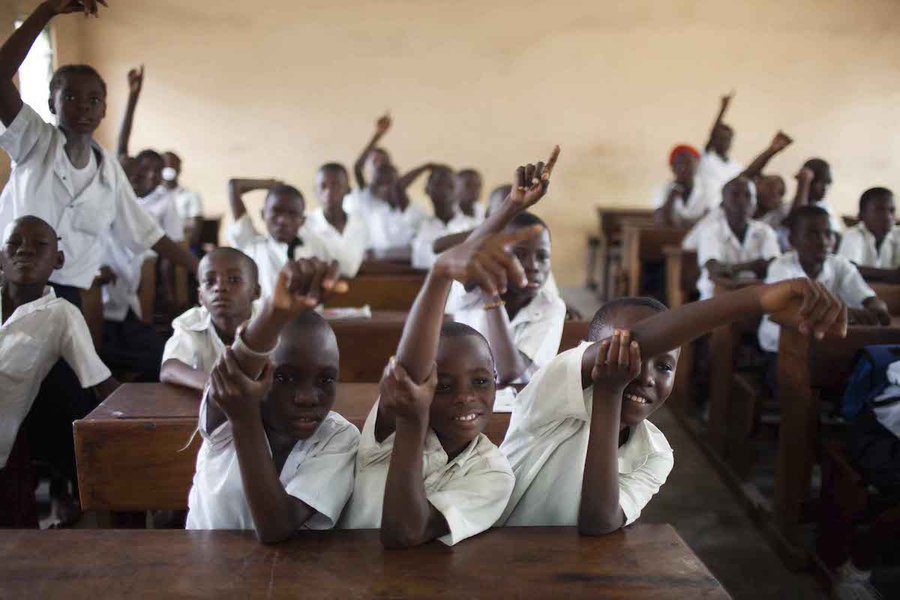

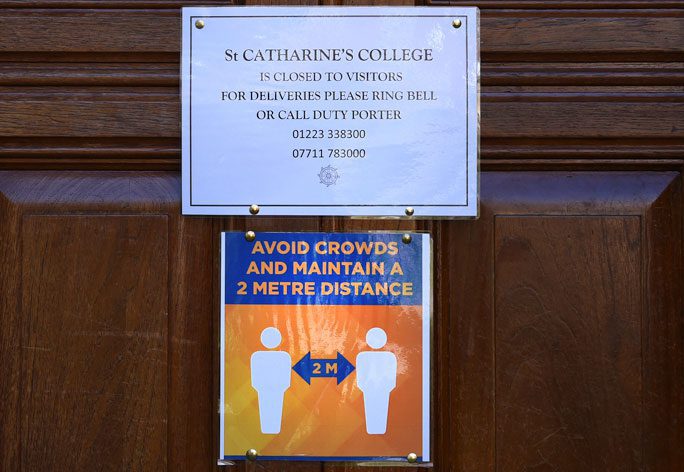
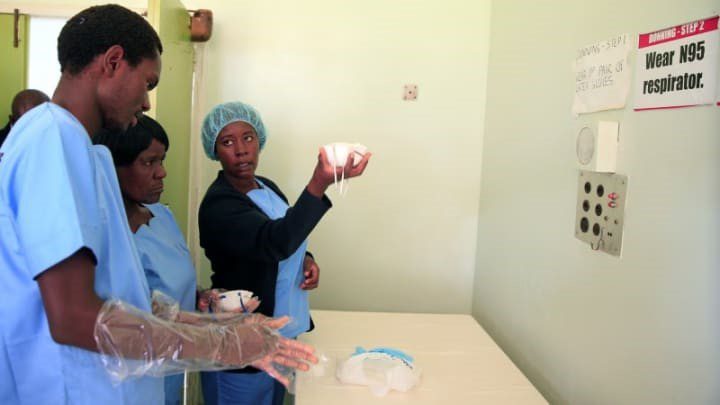
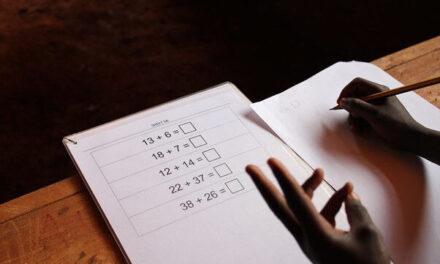
Good perspective. One that I have highlighted in discussions with colleagues. Inequity in this case is the name of the game, and practitioners and policymakers and education development workers should not forget about it. Well done